Source: Purchased
Paperback, 236 pages
I am an Amazon Affiliate
Persuasion by Jane Austen (on Kobo) is her final, full manuscript, and it is one of the most mature of her works. Anne Elliot is the heroine of this novel, but often in the beginning of the novel she is in the background as an observer, as she is talked about or looked over by even her own father and older sister. She is 27, unmarried, and by all appearances, a wallflower, who loves to read. Through the influence of Lady Russell, a friend of her deceased mother, Anne broke off an engagement with Frederick Wentworth because the match was imprudent as he was not yet established in a career and was not of the same social standing as the Elliots. Lead by her friendship with Lady Russell and a sense of duty to her family, Anne broke the engagement and suffered for more than eight years, though she did have other prospects. Austen seems to remind us that when love is true and deep, it can cut us just as deeply when things end poorly, but it also can continue to live inside of us, even when all hope is lost.
“A few years before, Anne Elliot had been a very pretty girl, but her bloom had vanished early; and as even in its height, her father had found little to admire in her, (so totally different were her delicate features and mild dark eyes from his own); there could be nothing in them now that she was faded and thin, to excite his esteem.” (page 7)
The contrasts set forth by Austen in this novel between the Musgroves and the Elliots is almost as wide as the Grand Canyon, and yet, Anne finds herself easily swept into either family — adaptable to any situation — but she seems to feel the most comfort when surrounded by the jubilant Musgroves. Her adventures with her younger sister, Mary, and the Musgroves bring Anne a stroke of not only luck but happiness when she is reunited, if only in proximity, to Captain Wentworth. Although she spends a great deal of time making excuses to be absent from gatherings where she knows he will be present, she eventually has little choice but to be in his company, finding that it is not as horrible as she imagined.
“Doubtless it was so; and she could take no revenge, for he was not altered, or not for the worse. She had already acknowledged it to herself, and she could not think differently, let him think of her as he would.” (page 57)
Austen’s tale of a second chance at love is more about the anxiety that can plague new love and acquaintances, but also the reunited lovers who misunderstood one another’s motivations in their youth. There are missteps to be sure, as Wentworth unwittingly finds himself engaged to another without explicitly making his intention to be so known and Anne is led to believe that Mr. Elliot has his eye set on her. These characters are more mature in their motivations, while there are still some who are a bit ridiculous — from her father’s obsession with status and how handsome he still is to Mary’s constant complaining and hypocritical behavior — most of the characters are mature enough to know their own desires and to seize opportunities when they are presented. Persuasion by Jane Austen is a fine novel, less about Anne’s initial persuasion away from Wentworth and more of her persuading herself that he still loves her and that hope lives.
About the Author:
Jane Austen was an English novelist whose works of romantic fiction, set among the landed gentry, earned her a place as one of the most widely read writers in English literature.

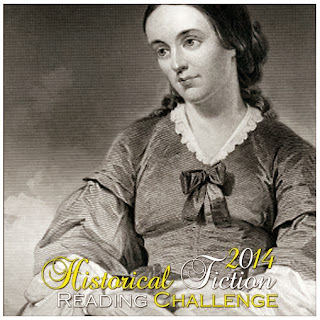



 About the Author:
About the Author: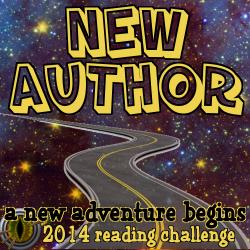
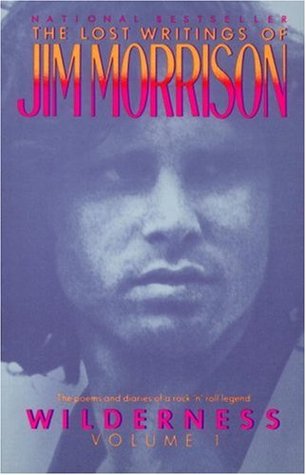

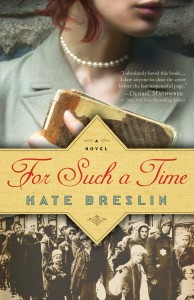
 About the Author:
About the Author:



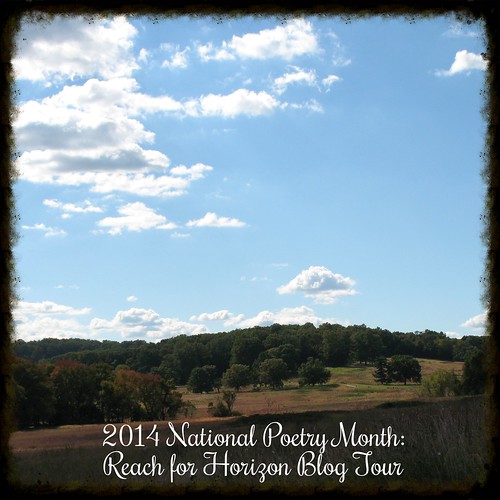




 About the Author:
About the Author:





